Lost to time and dust, there are several civilizations, cultures and cities from an age long gone that have been buried under and hence forgotten. Only ruins remain in most of these cases, but it’s a matter of fascination and letting the imagination run wild when we think about the rich and prosperous history behind these ancient cities. Left to rely only on history books, the grandeur of these cities could’ve been easily lost, if what was left was all we had.
So, here are 10 lesser known and prosperous ancient cities that were lost to the ravages of time, and what they look like now.
1. Rakhigarhi, Haryana
Rakhigarhi, from the pre-Indus Valley Civilisation era, is not only one of the oldest settlements – dating back to around 4600 BC – but is also the largest town during that era. Excavation by archaeologists revealed paved roads, a drainage system, large rainwater collection systems, a storage system, terracotta bricks, statue production, and skilled application of bronze and precious metals. Historically, there is little information on the details of its rise and subsequent demise, but for its time, the technology that seems to have been used to build the city makes it an extremely important site.
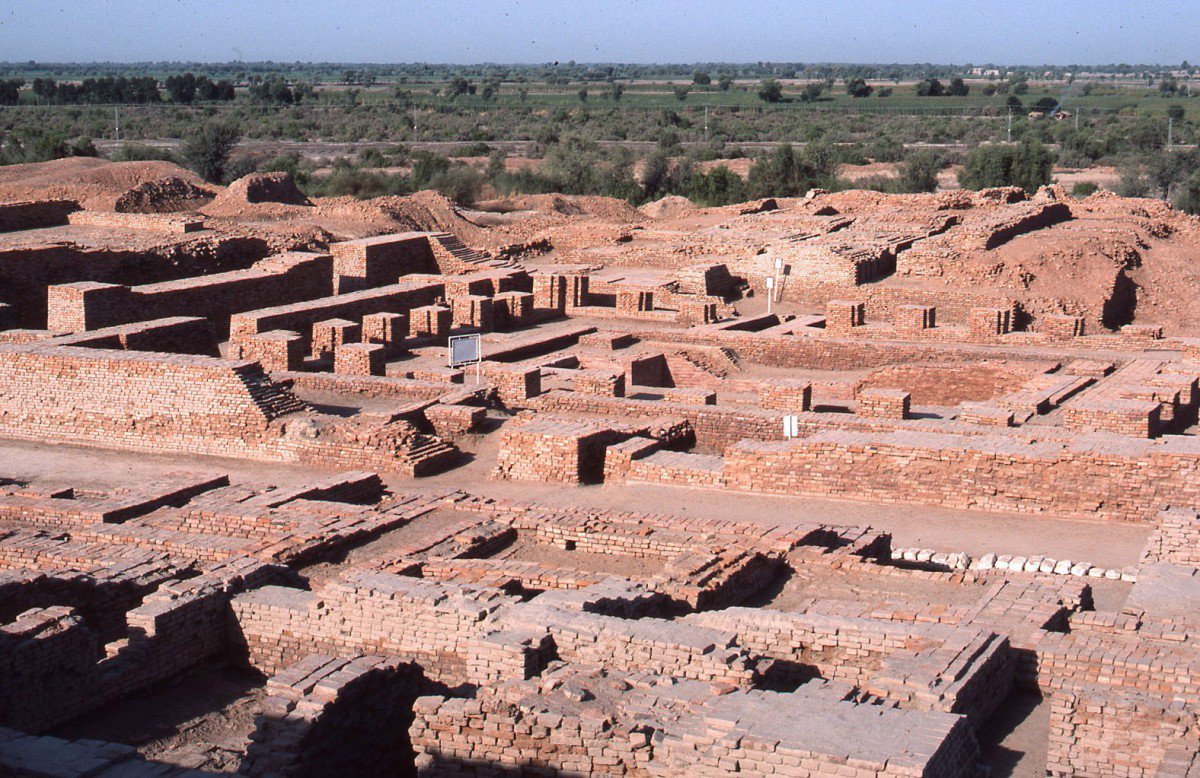
2. Kalibangan, Rajasthan
What is the Hanumangarh district in Rajasthan today was once one of the most important provincial capitals of the Indus Valley Civilization. In 2800 BC, the city was renowned for showcasing the oldest ploughed fields in the world. Kalibangan has been speculated to have met its demise following the drying up of the Sarasvati river sometime between 2000 BC and 1900 BC. But with evidence of advanced water engineering, the city definitely housed a few geniuses.
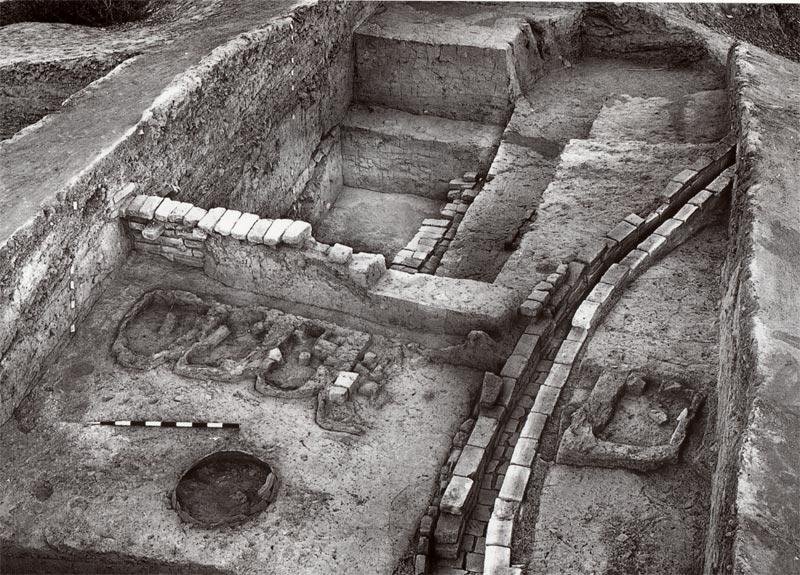
3. Timgad, Algeria
Excavated in 1881, Timgad was historically known to be an important Roman city – established in 100 AD – that quickly outgrew expectations and exponentially increased its infrastructure. Built for a population of 1,50,000, the city spilled over and suffered because of it. Timgad eventually suffered two large scale invasions, two centuries apart. And the city finally disappeared from the history books sometime during the 8th Century.
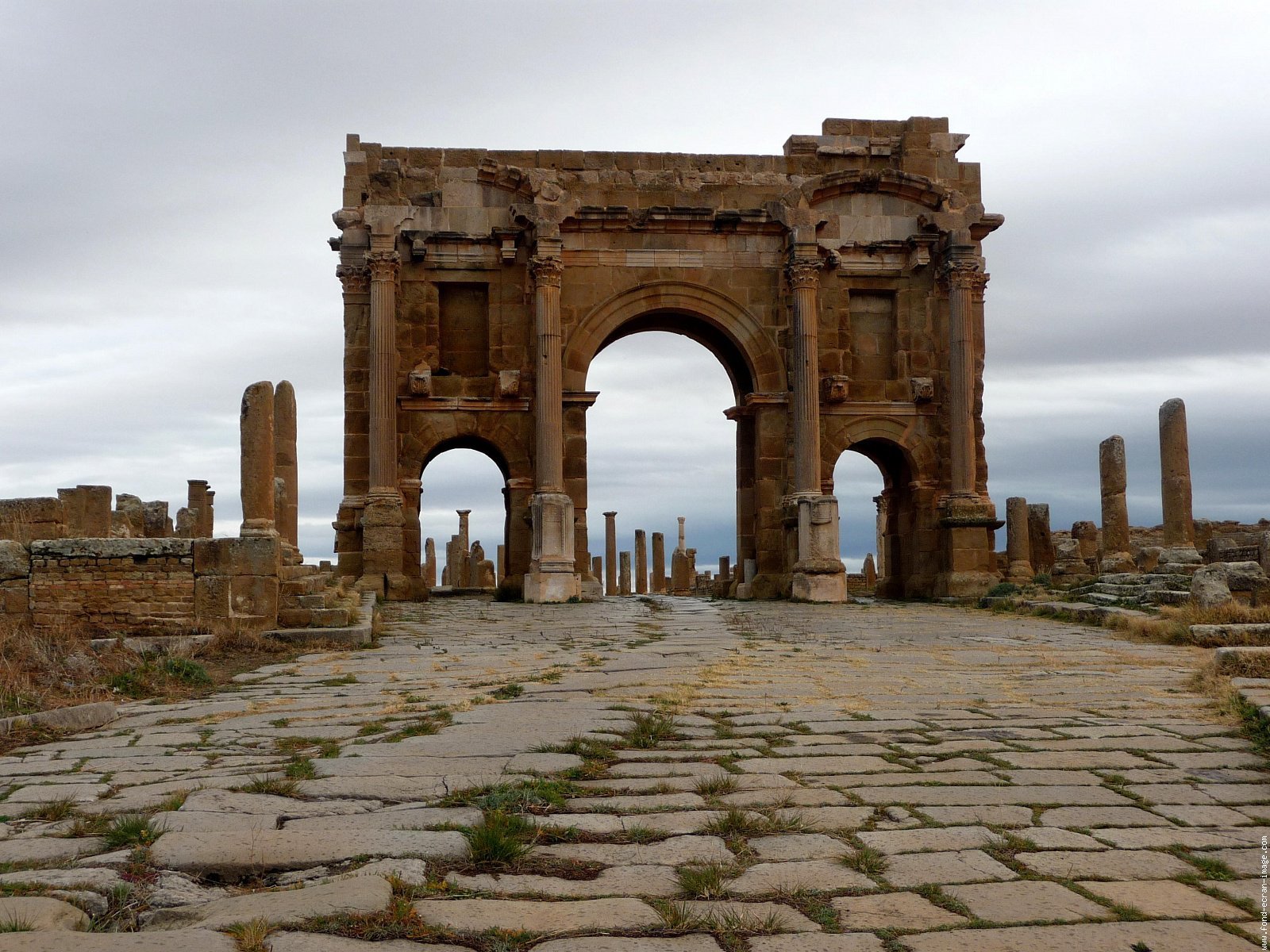
4. Ani, Turkey
Having risen during the 5th Century as the capital of Armenia and consolidating its position as the most flourishing and prosperous trade city at the time, Ani now resides as a broken ruin in present day Turkey. Ani was forced into a decline due to the Mongol raids and a devastating earthquake in the 13th Century. After trade routes shifted off course, the city was left completely abandoned.
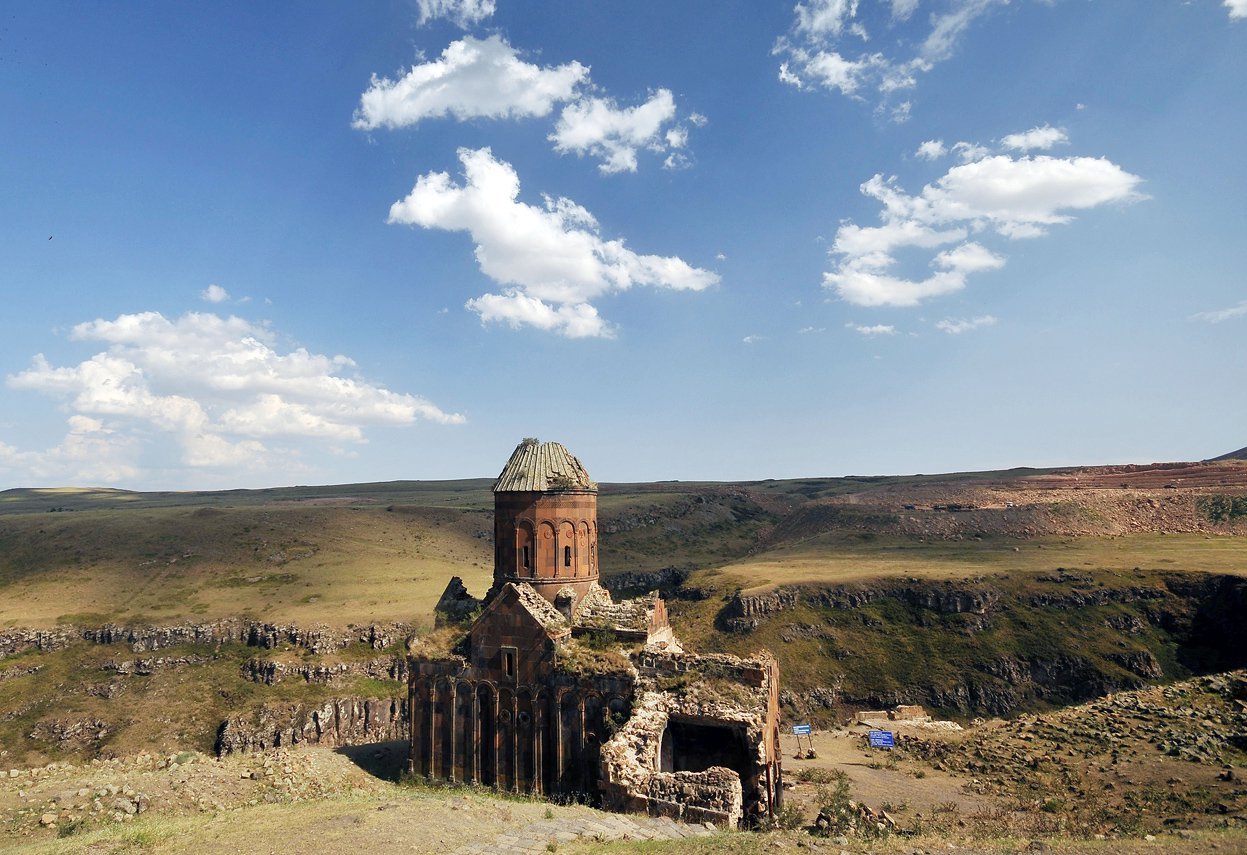
5. Dholavira, Gujarat
One of the largest and oldest archaeological sites in India, Dholavira was occupied in 2650 BC but started its decline after 2100 BC. The city was recorded to have been reoccupied in 1450 BC, but there seems to be no other records of it. The city had evidence of reservoirs, a step well and various antiquities. Part of the Indus Valley civilization, Dholavira is also the oldest example of rain water harvesting. Which pretty much means that some of the smartest minds on the planet, at the time, were hanging out here.
6. Mesa Verde, America
Mesa Verde is famously known as the cliff dwellings of the ancient Anasazi people. Built during the 12th Century, Mesa Verde was quickly left and abandoned by its citizens during the 1300s. The reason for the sudden departure of its people remains unknown, but the town still remains intact, like a photograph of what it used to be – tucked away under the overhanging rock.
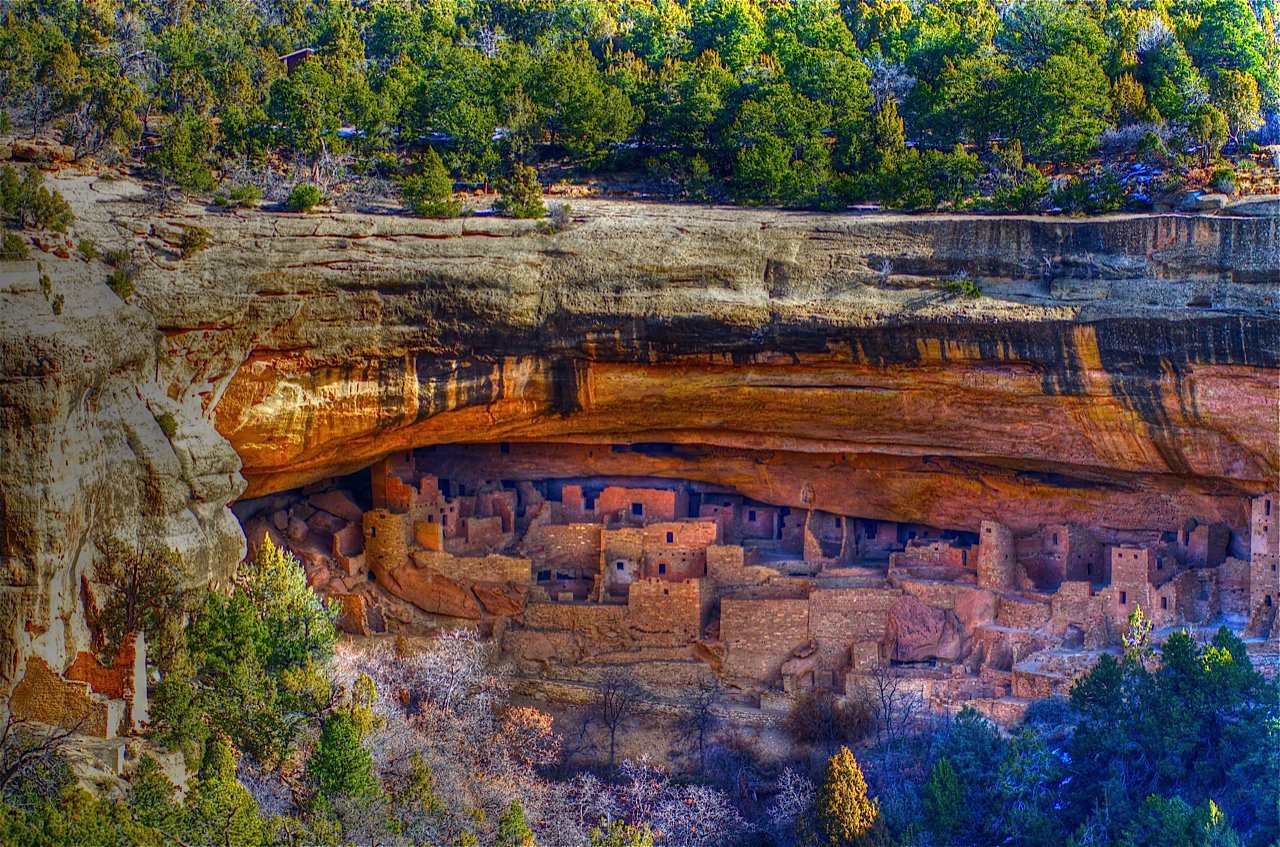
7. Leptis Magna, Libya
Leptis Magna was a prominent and wealthy trade city of the Roman Empire, located in present day Libya. The city was considered one of the best in the world as it hit its peak during the second and third Centuries. But like many others, the city fell to the Arab conquest in 642 AD, and was left to be buried under the sand.
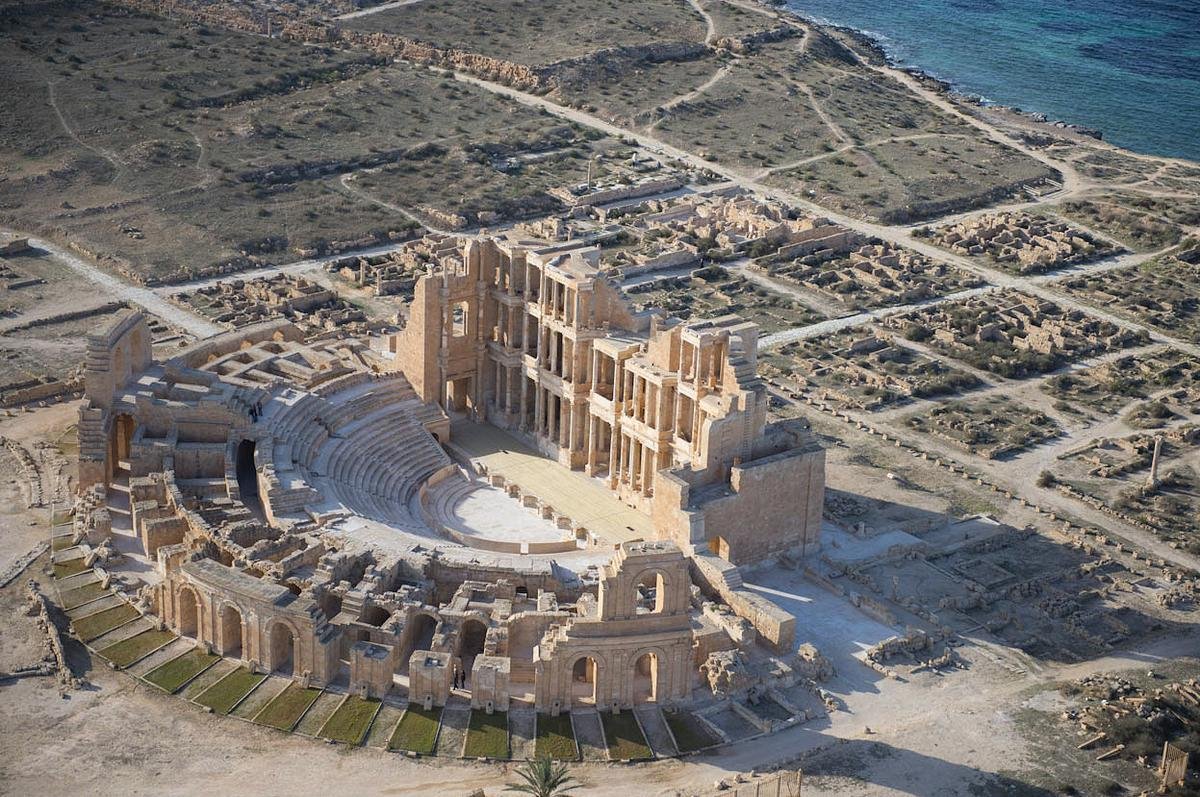
8. Palmyra, Syria
A wealthy city that served as the hub for trade from the ports of Roman Syria, Palmyra (also called, the city of palm trees) hit its peak in the second century. Beyond 212 AD, the city’s trade started diminishing due to the Sassanid threat, which eventually led to walls being built to surround the city. The city was abandoned after the Arab invasion in the 7th Century, and was left to ruin under the Ottoman Empire. Now, it stands as a shadow of what was once a prosperous city.

9. Ctesiphon, Iraq
Located just a few kilometers away from the city of Baghdad, Ctesiphon was once one of the largest cities in the world – sometime during the 6th Century. An integral part of ancient Mesopotamia, Ctesiphon was a crucial target for invading forces under military strategy. The city finally fell into decline after the Islamic conquest of Persia in 637 AD. Today nothing but the great arch of Taq-i Kisra remains, as the only surviving feature of this ancient city.
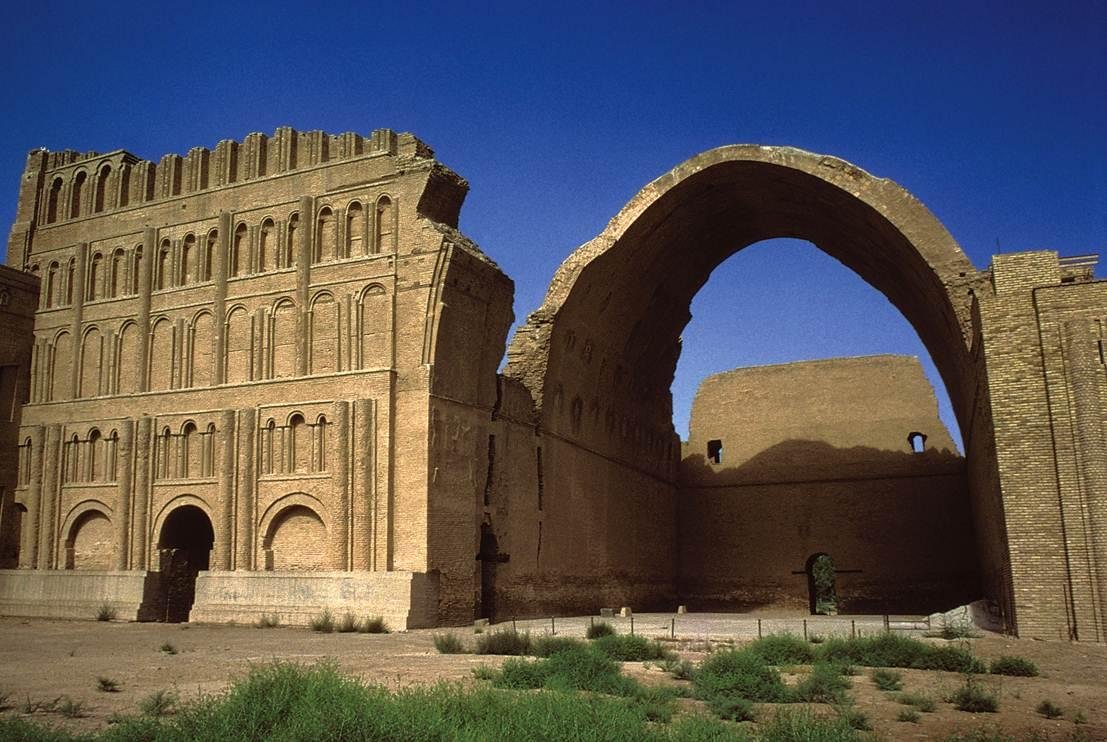
10. Hvalsey, Greenland
The largest of the three Viking settlements in Greenland, Hvalsey was established by Norse farmers who emigrated from Iceland. Thriving in tandem with its western counterpart, Hvalsey eventually fell into decline when the western settlement died out. The city was abandoned sometime during the 14th Century, and all that remains is the skeleton of an old church.


















